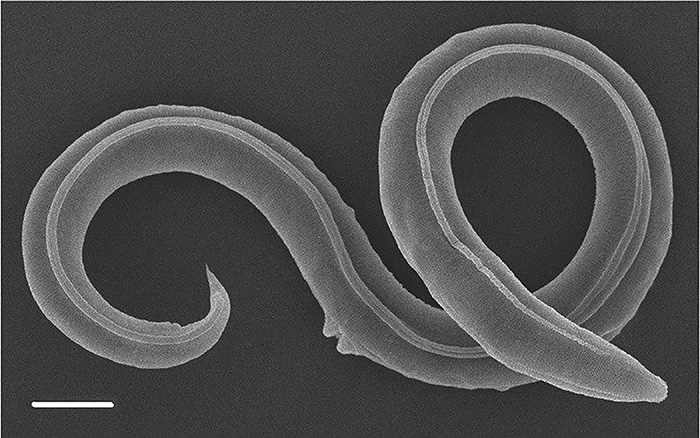
Scientists bring 46,000-year-old worm found in Siberian permafrost back to life
A remarkable discovery was made in the Siberian permafrost – a female microscopic roundworm that had been trapped in the frozen ground for over 46,000 years was brought back to life by scientists. After reviving the worm, it began reproducing asexually through a process called parthenogenesis, requiring no mate.
This worm had spent tens of millennia in a dormant state called cryptobiosis, where all metabolic activity ceases, pausing reproduction, development, and repair. Sequencing of its genome revealed it was a previously unknown species, now named Panagrolaimus kolymaensis.
While other nematodes like Plectus murrayi and Tylenchus polyhypnus have been revived after a few decades of cryptobiosis, this worm broke records, surviving in suspended animation for tens of thousands of years longer. Deep sea biologist Holly Bik estimates nematodes have millions of undiscovered species in diverse environments. Only 5000 marine species have been described so far.
William Crow, a nematologist unaffiliated with the study, suggests this worm may be from an extinct species, or one that simply hasn’t been documented yet. Scientists have long known microscopic organisms can halt biological functions and endure extreme conditions. As the PLOS Genetics study states, “Our findings demonstrate that nematodes evolved mechanisms potentially allowing them to suspend life over geological time scales.”
This remarkable worm points to the impressive resilience of microscopic creatures. After nearly 50 millennia frozen in permafrost, this newly discovered roundworm species came back to life in a modern lab, ready to reproduce again.

Theodore Lee is the editor of Caveman Circus. He strives for self-improvement in all areas of his life, except his candy consumption, where he remains a champion gummy worm enthusiast. When not writing about mindfulness or living in integrity, you can find him hiding giant bags of sour patch kids under the bed.
